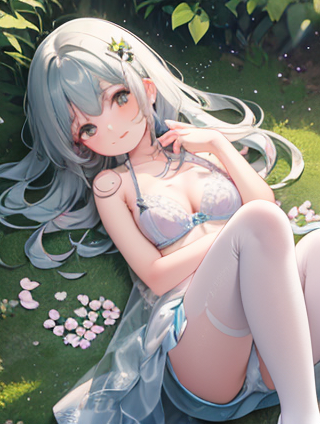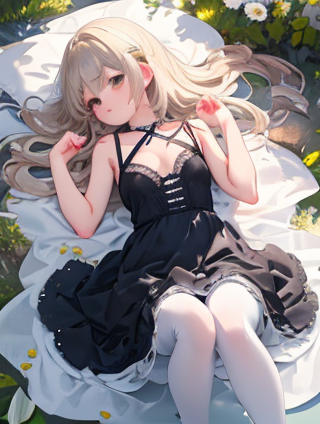BlackMenandTheirSuitabilitywithVariousColorsofClothing
- 百姓
- 2025-01-31 00:24:12
- 842
In the world of fashion, color plays a crucial role in shaping one's personal style and appearance. For black men, choosing appropriate colors for clothing can significantly enhance their overall look and self-confidence. While it is true that individuals should feel comfortable wearing any color they choose, understanding which colors suit them best can be beneficial. This article will explore the various colors that complement a black man’s skin tone, as well as provide insights into how to integrate these colors effectively into one's wardrobe.
Understanding the Basics: Skin Tone and Color Theory
Before diving into specific color recommendations, it is essential to understand the basics of skin tones and color theory. The Fitzpatrick scale, used in dermatology, categorizes human skin tones from I (very fair) to VI (dark brown). However, for fashion purposes, we can broadly classify skin tones as light or medium-dark.
The first step in selecting colors that complement your skin tone is recognizing which category you fall into. Darker skin tones generally have more melanin and can carry off bolder hues with ease. Lighter skin tones, on the other hand, may benefit from softer, pastel shades to avoid appearing washed out or overly pale.
Color Theory Primer
In color theory, complementary colors are those that sit directly opposite each other on the color wheel (e.g., red and green). Analogous colors are adjacent to one another (e.g., blue, blue-green, and green), while neutral tones like white, black, gray, brown, and beige can be paired with almost any color without clashing.
For black men, understanding these color relationships is crucial for creating a balanced wardrobe. A well-thought-out palette of complementary or analogous colors can create striking visual effects that enhance the wearer’s appearance.
Black Men and Their Skin Tone

As previously mentioned, dark skin tones tend to have more melanin and can handle bolder hues effectively. For those with medium-dark to very dark skin tones, a wide range of colors can complement their complexions. These include deep jewel tones like emerald green, royal blue, and burgundy. Rich shades of violet, maroon, and even bright orange or yellow can also work well.
On the other hand, lighter skin tones may require more careful consideration when selecting colors. While light skin tones do look great in many vibrant hues, they should avoid overly bright or pastel colors that could overwhelm their complexion. Instead, light-skinned black men might consider wearing colors like light green, pale blue, or soft pink.
Color Coordination Tips

When choosing colors for a wardrobe, it is essential to remember the principles of color coordination and how they can impact your overall appearance. A few tips include:
1. Neutral Foundations: Start with neutrals as the base of any outfit. Black, white, gray, and beige are timeless choices that complement most skin tones.
2. Accent Colors: Use accent colors strategically to add depth and interest. For example, a navy blazer can pair beautifully with light blue jeans or khaki pants.

3. Complementary Colors: To create contrast and visual impact, consider using complementary colors. A black man in a burgundy shirt against a dark gray suit would look strikingly handsome.
4. Neutral to Bold Gradient: Gradually introduce bolder hues as you move from headwear to accessories down to footwear. For instance, a light tan hat or a gold watch can transition smoothly into a bold red belt.
Popular Color Schemes for Black Men

Various color schemes can be tailored to suit black men based on their personal style and the occasion. Here are some popular options:
1. Monochromatic: This involves wearing different shades of the same color, such as navy blue, charcoal gray, or deep burgundy. This scheme is elegant and timeless.
2. Bold Complements: Pairing strong colors like red, green, or violet with neutrals can create a bold and dynamic look. For example, a maroon sweater with black pants and a white shirt.

3. Nature-Inspired: Using earthy tones like olive green, forest green, and brown can evoke a natural and sophisticated vibe. This scheme works well for both casual and formal occasions.
4. Pastel Palette: For a softer look, pastels such as baby pink, light blue, or mint green can be incorporated into an outfit. However, these should be used sparingly to avoid looking too washed out.
Conclusion

In conclusion, black men have the freedom to choose any color that makes them feel confident and comfortable. By understanding their skin tone and utilizing principles of color theory, they can create a wardrobe that not only complements their appearance but also reflects their personal style. Whether it’s through neutral foundations, bold complements, or nature-inspired hues, there are endless possibilities for black men to express themselves through their choice of colors in clothing.
Remember, the key is balance and personal preference. Experiment with different color combinations to find what works best for you. A well-chosen palette can transform an ordinary outfit into a standout look that reflects your unique personality and style.